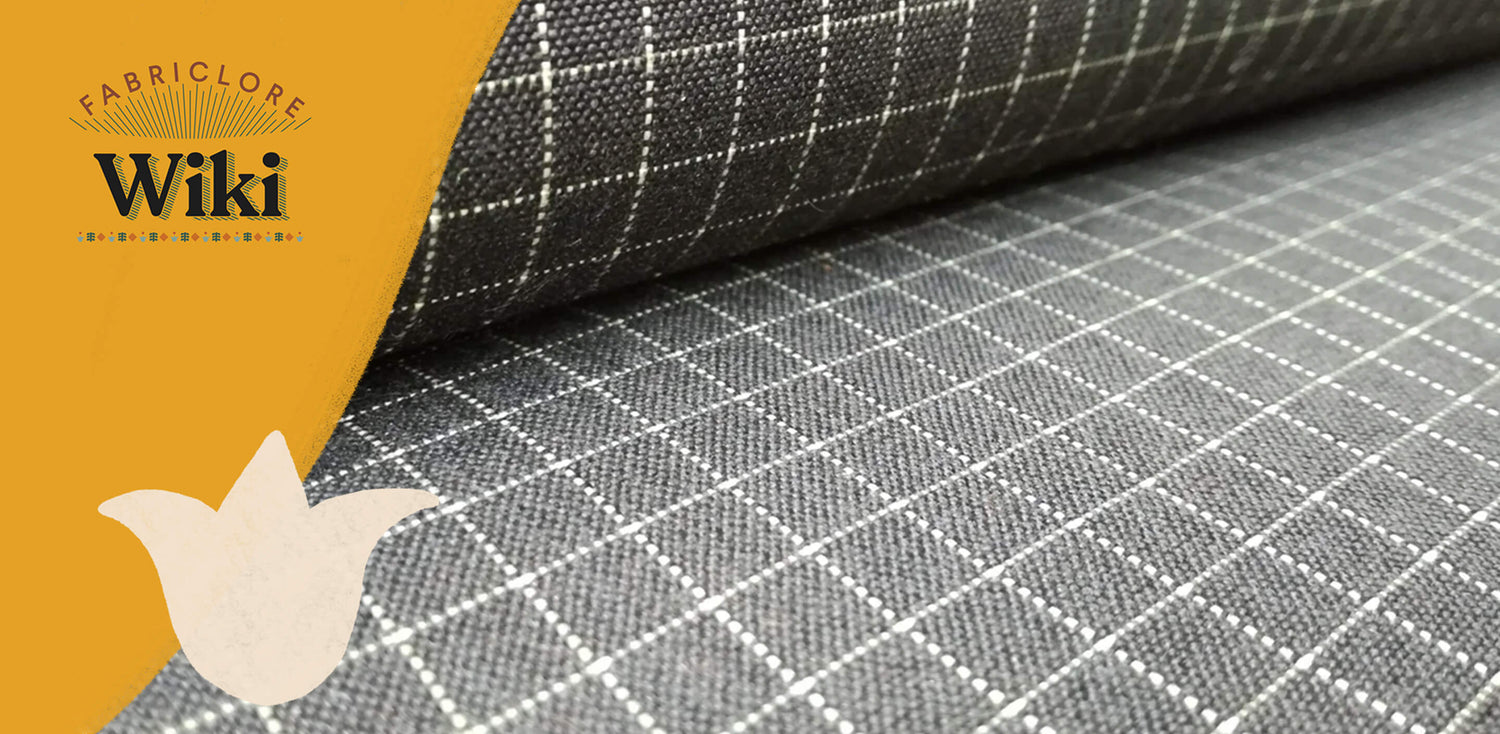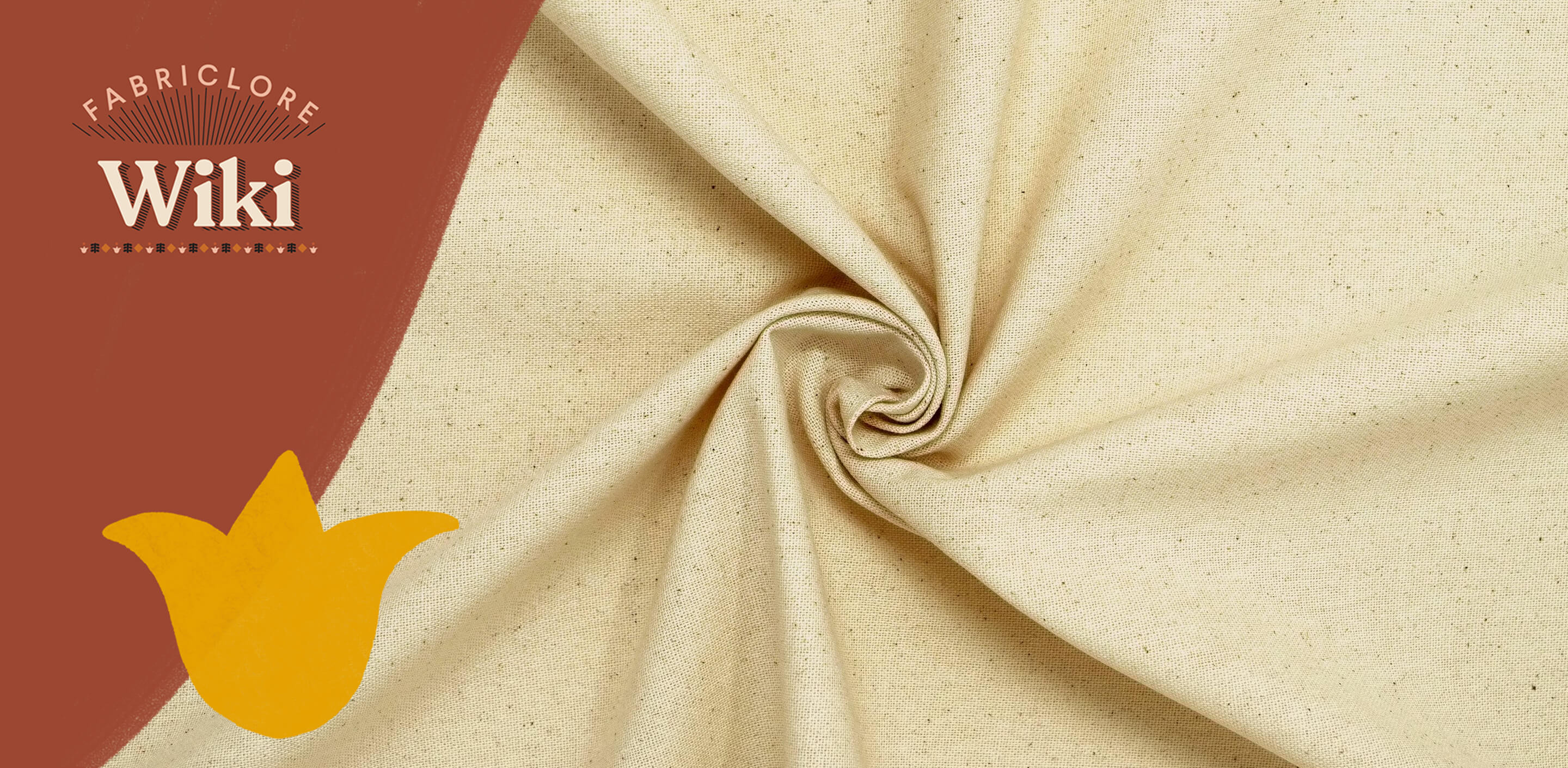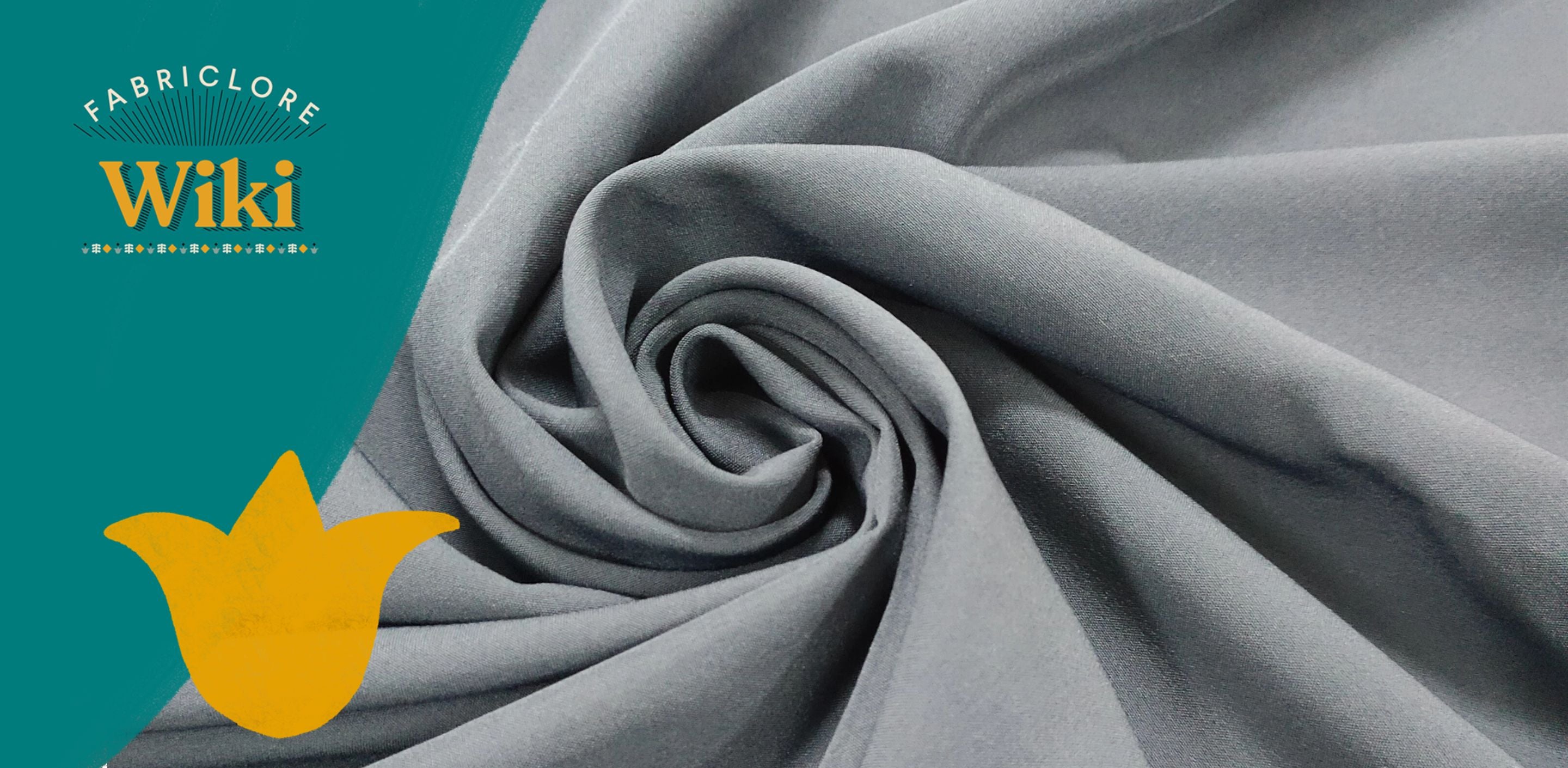What is Polybenzimidazole Fabric?
- Polybenzimidazole fabric is a synthetic fabric that has a very high decomposition temperature.
- It does not have a melting point, has remarkable thermal and chemical stability, and does not easily catch fire.
- Additionally, it does not quickly ignite. Carl Shipp Marvel, an American polymer chemist, was the one who made the first discovery of it.
- He was looking for novel materials that could maintain their stiffness and toughness even when heated to high temperatures.
- Due to its high level of stability, polybenzimidazole is used to make high-performance protective clothing.

History
- In 1949, Brinker and Robinson were the first researchers to describe aliphatic polybenzimidazoles.
- Nevertheless, the discovery of aromatic polybenzimidazole in the 1950s, which has outstanding physical and chemical characteristics, is often ascribed to Carl Shipp Marvel.
- Marvel was contacted by the Material Laboratory located at Wright Patterson Air Force Base. They were seeking materials that could withstand short-term mechanical stress and would be acceptable for use in drogue parachutes.
- However, the heat resistance of any and all filaments that were known at the time was insufficient.
- While the first study relied on aromatic condensation polymers, Marvel's research focused on condensation polymers with aromatic and heteroaromatic repeating units.
- The amide linkage was found to be a weak link in the quest for maximum thermal stability of the polymer.
- This eventually led to the identification of polybenzimidazole as a useful compound.

What Makes it Stand Out
|
Resistant |
It is a highly chemical-resistant property. |
|
Melting point |
The fabric has no melting point and will not drip |
Applications & Usage
|
Industrial application |
Firefighter's protective apparel, protective gloves, welders' apparel, etc. |
Care Instructions
- Wash the fabric at normal temperature
- Dry the fabric under sunlight or in a shade

We also happen to be a magnet for suggestions, and would love to catch yours….throw us yours on hello@fabriclore.com





